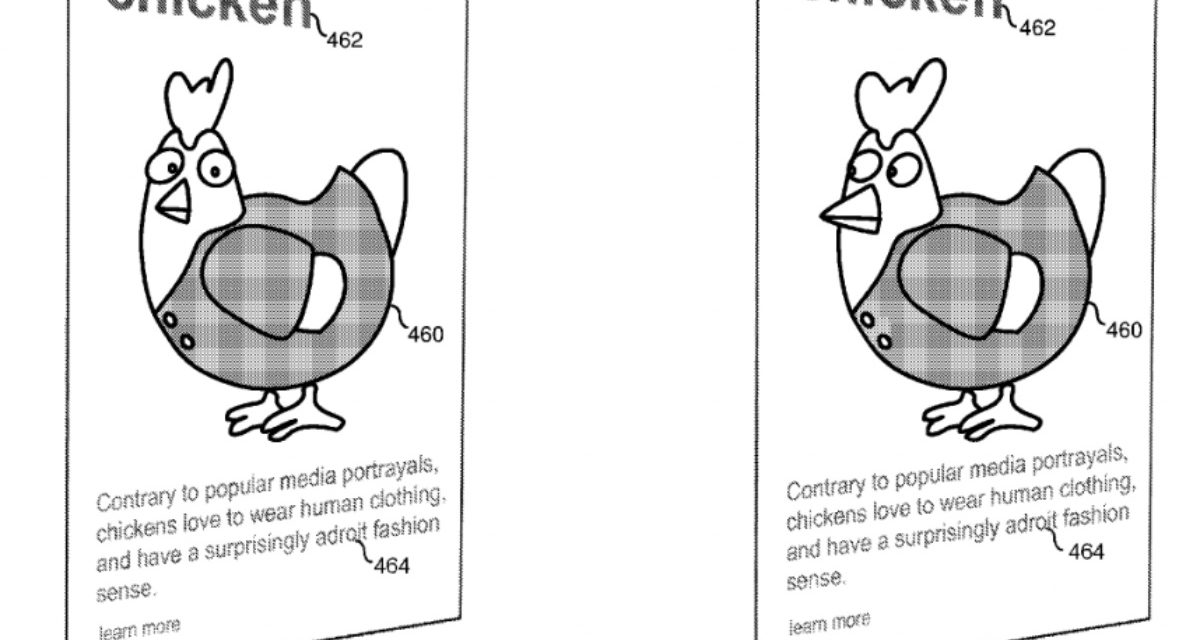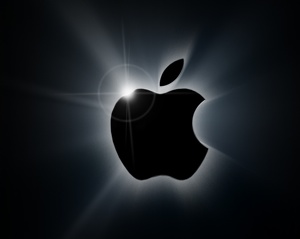Apple has filed for a patent (number US 20230351715 A1) for “Virtual Paper.” It involves a visual representation of, well, paper in 3D form on the upcoming Vision Pro.
The US$3,499 (and higher) Spatial Computer is due in, per Apple, “early 2024” — although I suspect “early” means anytime before summer. And it will apparently only be available in limited quantities at first.
About the patent filing
In the patent filing, Apple notes that previously available computer-generated reality (CGR) experiences, 2D virtual content and stereoscopic (or 3D) virtual content are typically displayed in accordance with one set of world coordinates characterizing a user CGR environment. In turn, the range of display and user interaction possibilities associated with both 2D and stereoscopic virtual content are limited to rendering and displaying the virtual content based on the set of world coordinates characterizing the user CGR environment.
When it comes to paper, Apple wants you to be able to use it in a CGR environment much as you would in the real world. In other words, you’ll be able to bend, fold, turn, and crumple it.
Apple has already been granted two patents for “virtual paper.”
Summary of the patent
Here’s Apple’s abstract of the patent filing: “In one embodiment, a method of intermingling stereoscopic and conforming virtual content to a bounded surface is performed at a device that includes one or more processors, non-transitory memory, and one or more displays. The method includes displaying a bounded surface within a native user computer-generated reality (CGR) environment, wherein the bounded surface is displayed based on a first set of world coordinates characterizing the native user CGR environment.
“The method further includes displaying a first stereoscopic virtual object within a perimeter of a first side of the bounded surface, wherein the first stereoscopic virtual object is displayed in accordance with a second set of world coordinates that is different from the first set of world coordinates characterizing the native user CGR environment.”
Article provided with permission from AppleWorld.Today



